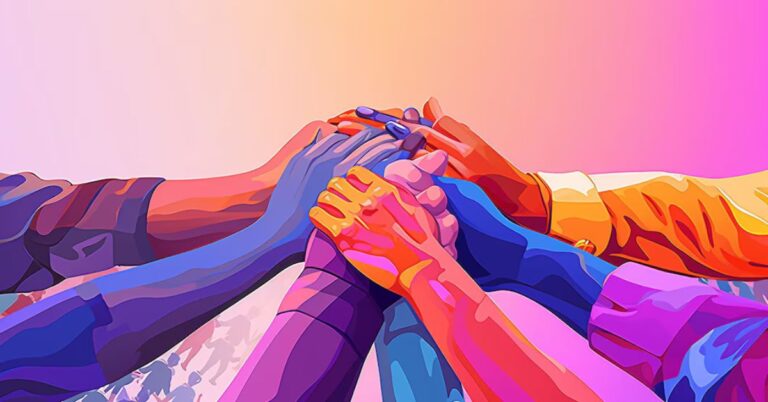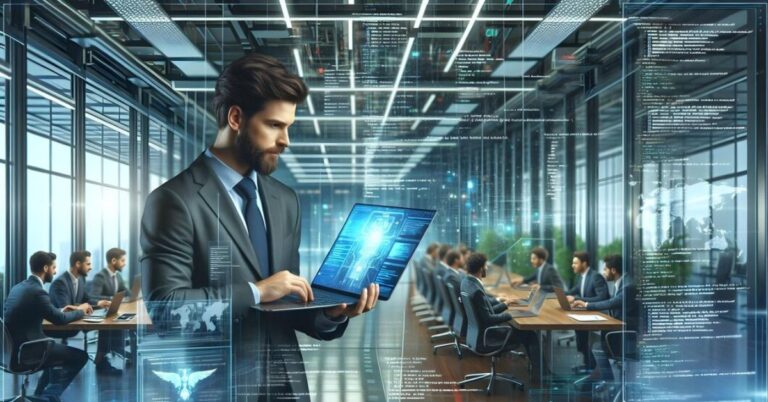Vertėjjas: The Bridge Between Languages and Cultures
Introduction to Vertėjjas
The capacity to communicate effectively across cultural and linguistic boundaries is more important than ever in today’s globally linked society. Vertėjjas, the Lithuanian word for a translator, comes into play here. A Vertėjjas facilitates cross-border communication and collaboration by acting as a link between different languages and cultures. Throughout human history, translation has been crucial in bringing people together from all over the world, from prehistoric societies to the modern era of technology. With the continuous improvement of Vertėjjas technology, there is hope for even better cross-cultural communication and comprehension in the future of Vertėjjas.
The Historical Significance of Translation
Translation in Ancient Civilizations
The practice of translation is rich in tradition and has been around since the dawn of humankind. Crucial for the dissemination of religious beliefs and cultural practices, the earliest known translations were religious writings. Greek, Egyptian, and Mesopotamian traditions of translation greatly aided the global dissemination of their respective civilizations. An important piece of evidence that helped decode Egyptian hieroglyphs was the Rosetta Stone, which was found in 1799 and included the same inscription in three different scripts: Greek, Demotic, and hieroglyphic.
Key Historical Figures in Translation
Many people have made important contributions to translation throughout its history. St. Jerome stands out because he created the Vulgate, a Latin translation of the Bible. His writings laid the groundwork for Christianity and greatly influenced its early years. During the Islamic Golden Age, another important individual was Al-Kindi, a philosopher who preserved and improved Greek philosophy and science by translating several works into Arabic.
Translation’s Role in Spreading Knowledge
One cannot exaggerate the importance of translation in the process of information transmission. A cultural and intellectual boom occurred during the Renaissance as a result of the rendering of ancient Greek and Latin writings into common languages. The foundation for the contemporary world was laid by translation, which enabled the flow of philosophical, literary, scientific, and other ideas between civilizations.
Vertėjjas in Modern Times
The Rise of Professional Translation Services
Expert translation services are crucial in today’s interconnected society. All sorts of people and organizations depend on these services to make sure their communications are precise and efficient. Specialized translation agencies have sprung up to meet the skyrocketing demand for translation services in a wide range of industries and languages, including subtitling, localization, medical, and legal.
The Impact of Globalization on Translation Needs
The need for translation services has grown in recent years due to globalization. Businesses who want to succeed in emerging areas need to tailor their content to the tastes of locals there. Beyond literal translation, this also incorporates localization, the process of adapting material to the unique language and cultural norms of a particular geographic area. The ability to successfully localize a brand’s products is crucial for its success in emerging markets.
Notable Examples of Modern Translation Efforts
Massive initiatives like the translation of the Harry Potter novels into several languages are examples of modern translation efforts; this allows fans all around the globe to enjoy the series in their native tongues. Translations of websites and social media posts are another major factor that has contributed to the internet’s status as a genuinely global platform.
The Role of Technology in Translation
Evolution of Translation Technology
Technological advancements have completely altered the translation industry. Dictionaries and word lists were the first tools, but now we have access to more advanced software and internet platforms. The development of CAT technologies has allowed for a simplification of the translation process, leading to increased speed and accuracy.
Machine Translation vs. Human Translation
Algorithms and artificial intelligence have enabled machine translation to achieve remarkable progress in the past several years. Google Translate and DeepL are two examples of services that provide easy and fast translations for common use. Having said that, there are limits to these technologies. They don’t always do a good job of conveying cultural background, idioms, and subtleties that human translators do.
How AI is Changing the Translation Landscape
The field of translation is about to undergo another radical shift due to the advent of artificial intelligence (AI). AI-driven translation technologies have the ability to learn and get better with time, providing translations that are more accurate. The development of more advanced real-time translation devices and applications holds the promise of frictionless cross-lingual communication. Human translators are still necessary to guarantee cultural relevance and accuracy in translation, even with these innovations.
Challenges in Translation
Linguistic Nuances and Cultural Context
The capture of cultural context and language subtleties is one of the most difficult aspects of translation. A literal translation may miss the mark since words and phrases can have several meanings depending on one’s cultural background. Professional translators are aware of these nuances and make the necessary adjustments to their work.
Maintaining Accuracy and Fidelity
It is essential that while translating, the original text is faithfully preserved. Since mistakes in translations involving the law, medicine, and technology can have life-altering effects, this is of the utmost importance in these fields. To guarantee accurate and trustworthy translations, professional translators undertake extensive training.
Ethical Considerations in Translation
When it comes to translation, ethical issues are equally crucial. Confidentiality, objectivity, and fidelity to the original text are among challenges that translators face. Frequently, they must weigh the importance of truth against cultural sensitivity when deciding how to handle information that is sensitive or contentious.
The Future of Vertėjjas
Predictions for Translation Technology
In the future, translation technology is anticipated to undergo more advancements. More precise and time-saving translation technologies are likely on the horizon, thanks to developments in artificial intelligence and machine learning. Neural machine translation (NMT) and similar innovations offer potential to significantly enhance the accuracy of machine translations.
Potential for Real-Time Translation Tools
Among the most promising future innovations are translation technologies that may be used in real-time. With the use of these technologies, anyone may communicate instantly, regardless of their native language, in real time. Global trade, tourism, and diplomacy may all be radically altered by this technological development.
The Importance of Human Translators in the Future
The importance of human translators will not diminish as technology progresses. While machines can translate words, they can’t compare to human translators in terms of emotional intelligence and cultural understanding. Integrating human knowledge with cutting-edge technology is expected to be the way translation is done in the future.
Conclusion : Vertėjjas
A vital function of vertėjjas is to facilitate communication across cultures and languages, which in turn helps to build worldwide ties. The act of translation has played a key role in the development of humanity, both in the past and in the present. With the rapid advancement of technology, Vertėjjas appears to have a bright future ahead of it, offering thrilling opportunities for even deeper cross-cultural understanding. To guarantee cultural relevance and accuracy, however, human interaction is needed throughout the translation process.
FAQs About Vertėjjas
What is Vertėjjas?
Translators, who help people of different linguistic backgrounds communicate through the translation of written or spoken words, are called vertėjjas in Lithuanian.
How does technology impact translation?
Modern technology has brought about a sea change in the translation industry with the advent of efficient and speedy methods such as machine translation and computer-assisted translation. But subtlety and cultural context still necessitate human interpreters.
What are the challenges in translation?
Capturing linguistic subtleties, preserving truth and faithfulness, and handling ethical issues are all obstacles in translation. Accuracy and cultural sensitivity are two things that translators should strive for.
Why is cultural context important in translation?
Because nouns and expressions have the same meaning in one culture as another, understanding their cultural context is essential. Accurate and effective translation relies on translators’ understanding of these subtleties.
What is the future of translation technology?
Progress in artificial intelligence and real-time translation technologies will shape the field of translation in the years to come. Although human translators will always be necessary due to their cultural knowledge and understanding, these developments hold great potential for making translations more accurate and convenient.







